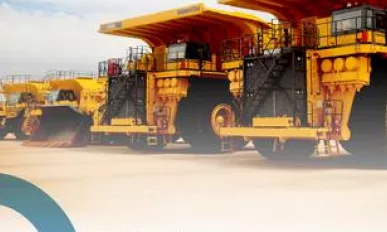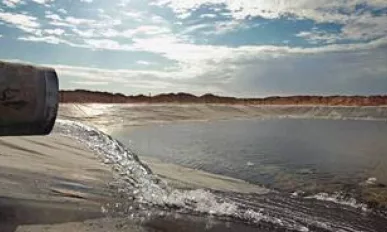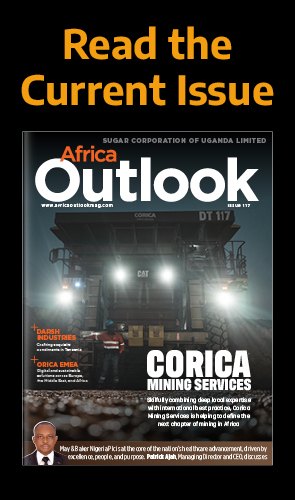Latest Swakop Uranium Corporate Stories
Swakop Uranium : Namibia’s Uranium Giant
Swakop Uranium is constructing and developing the Husab uranium mine, approximately 65km by road from the coastal town of Swakopmund in Namibia.
Swakop Uranium : The World’s Third Largest Uranium Deposit
Swakop Uranium has started developing the $2.5 billion Husab mine near Swakopmund, the third-largest known primary uranium deposit on the planet.




























